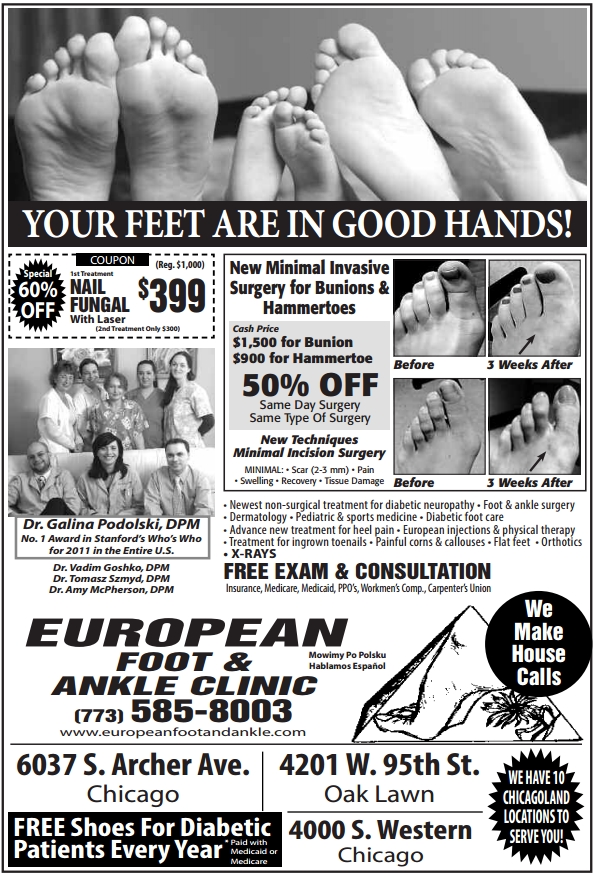You drive past the library in your vehicle every morning on the way to work. It’s seven in the morning and you want to avoid being caught by the commuter train if you are a couple of minutes late. Invariably you cannot find your keys, or glasses, or something important you need for the day, and you are late. As you sit at the railroad crossing and look over at the park adjacent to the library, you see an individual sitting on the bench, dressed in clean clothes, with a small back pack at the side. The train passes quickly, you continue with your commute. On the way home, you pass the same location and get caught by the same passing commuter train. As the train clears and traffic begins to move, you notice the person you saw in the morning walking out of the library, but think nothing of the situation. This continues for a few days but you assume the person lives in the area, or possibly works at the library.
On your day off you venture into the library to check out a book, and happen to look at a table with a familiar face reading a book. You’ve seen this face before, but cannot place the location or circumstance. Anyway, life is busy and you continue with your day. Another week passes the same way.
As you sit in traffic, at the railroad crossing waiting for the train to pass, you begin to think of giving back to society, of all the “blessings” you have, and how you would feel better if you “gave something back.” You decide to volunteer at the local soup kitchen. People need to eat, and you have hands to serve, problem solved. You seek out a shift and show up in jeans and a t-shirt, with comfy gym shoes to serve with pride. As you greet the guests, you see a familiar face again, but this time it is face to face. The individual holds out a plate and you raise your spoon to pour the soup into the bowl. You are still unsure if it’s the same individual you saw at the library park or in the library, so you smile and say nothing.
Monday morning, you are off to work again, but this time there is more on your mind. You have questions, you have doubts. As you sit at the railroad crossing waiting for the commuter train to pass, you look into the park, and your doubts are confirmed, the individual you served at the soup kitchen is sitting on the park bench. However, your questions multiplied. Could this be a person who is homeless? Were there other individuals who were homeless in your town? Homelessness is an urban problem, how could there be people experiencing homelessness in your suburban community? Time waits for no one and you continue driving to work.
On the way home that night, you stop at the railroad crossing, and wait for the train to pass, so that you can catch a glimpse of the park bench. Yes, the individual is still there, this time throwing crumbs to the squirrels. But what can you do? This person has surely done something to be in this situation. Perhaps substance abuse or criminal activity led to this situation. Normal people do not have this issue, they would never be in this situation. You, would never be in that situation. You continue to drive home.
For most of us, the scenario above is common enough to desensitize us to the plight of the individual sitting on that bench. We have to keep ourselves and our families afloat, surviving the harsh reality of daily life. However, what we do not realize, is that for each individual on the bench in some suburban park, the cost to the community is $25,000--$35,000. The Illinois Department of Human Services reports that about 48,000 people are served in state-funded shelters each year (Chicago Coalition for the Homeless). “In January 2014, 578,424 people were homeless on a given night” (HUD 2014 Annual Homeless Assessment Report to Congress). “Four in 10 homeless people (228,931 people), were living in smaller cities, suburbs, or regional Continuums of Care (CoC)” (HUD 2014 Annual Homeless Assessment Report to Congress).
Reasons for experiencing homelessness vary from substance abuse, escaping or experiencing physical abuse, loss of employment, domestic issues, to severe mental and physical conditions and disabilities.
The narrative above seeks to raise awareness, and briefly share some of the data on homelessness. There are organization in the Chicago South Suburban community that dedicate their resources to addressing the problem of homelessness, and serving individuals and families experiencing homelessness. South Suburban PADS (Public Action to Deliver Shelter) is one organization serving the South suburbs for a quarter of a century! “SSPADS has served over 14,000 men, women and children; and over 422,780 shelter nights have been provided. SSPADS now co-manages 83 owned rental units, of which 77 are located in our Country Club Hills Wellness Center and manages another 50 or so leased, scattered-site permanent supportive housing units in Chicago’s south/southwest suburbs." (http://www.sspads.org/about.html)
For more information about getting involved in helping to solve the homelessness problem, volunteering, contributing in-kind or financially, or becoming a partner with SSPADS, please visit the website www.sspads.org, or call (708) 550-4411. If you or someone you know may be at risk of becoming homeless, please reach out to SSPADS for help with homelessness prevention. For any assistance with basic human needs (Food, clothing, shelter) please call the Help line at 708-966-9Hub.
That individual on the bench at the library park, may still be there in the morning, nevertheless, when you decided to place a call to your local shelter organization to volunteer or find out more about what you can do to help, you are one step closer to helping that individual and thousands more overcome the experience of homelessness. Additionally, you are one step closer to reducing the cost burden of that person experiencing homelessness, on your community. As you sit at the railroad crossing, waiting for the commuter train to pass, you can imagine, that your involvement and community outreach can save thousands of dollars while helping repurpose that revenue toward community improvement.
Cited in this article:





